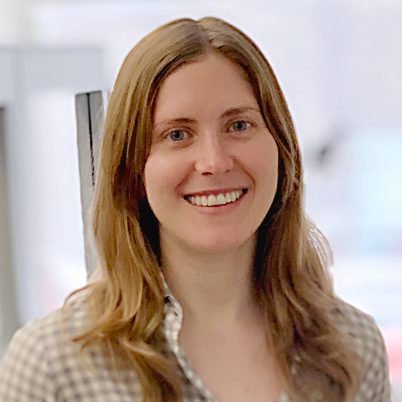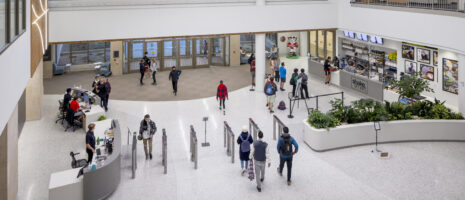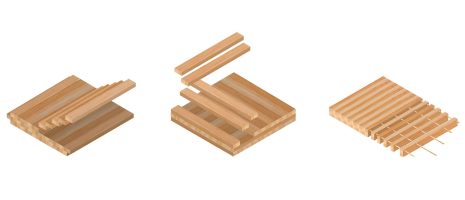IMEG’s SE 2050 Commitment, one year later (Podcast included)

A related podcast on the SE 2050 Commitment and Challenge can be found at the end of this post.
By Laura Hagan
| Sustainable Structures: The Picture Bridge The Picture Bridge at the Langham Huntington Hotel in California is a 224-foot-long heavy timber bridge that connects the main hotel tower to other buildings and amenities – and a premier showcase of sustainable structural design. The Picture Bridge suffered significant wood decay prior to the rehabilitation, but the owner aimed to preserve as much of the original material as possible. This was accomplished through an innovative design that focused on reuse of existing framing. By replacing only the pieces with irreparable damage and integrating a new wood-clad steel support system that is entirely hidden from view, the historic aesthetic was maintained. The Picture Bridge is a strong example of reuse of structural members; both the roof framing and much of the floor framing were reused, to great success. |
Just over a year ago, IMEG joined the SE 2050 Commitment Program created in response to the SE 2050 Challenge, which calls on all structural engineers to understand, reduce, and ultimately eliminate embodied carbon in their projects.
I speak for my structural peers at IMEG when I say that our firm’s commitment to the SE 2050 Program is an expression of our sense of duty to take responsibility for reducing our profession’s contribution to carbon emissions. We want to be able to design a better built environment that serves the surrounding community in healthy and sustainable ways; joining the SE 2050 Program is one way we can keep ourselves and the broader industry accountable for what we now know are essential tasks to preserving our planet for the future.
We’re excited about the way SE 2050 is bringing firms together to impart real change and evolution in the way structural engineers design buildings. Leveraging the power of a firm-led initiative is a smart path to take to stimulate considerable progress in areas like material specifications, framing choices, etc. Structural engineers serve a critical role in the built environment, and we have the opportunity to reduce embodied carbon in our designs in an effort to care for our communities and our planet. SE 2050 provides the resources needed as we continue in this journey.
As more firms join the SE 2050, we see how critical it is as a stepping-stone to a healthier planet. When we join together, we augment our ability to change the way designs typically come to fruition. Right now, it’s imperative that we chart a responsible and feasible course of action to pursue reduced embodied carbon in the structural systems we design.
It’s now our time, as structural engineers, to collectively take action and help the world become a more sustainable, healthy, and safe place for both the present and the future.
Listen to a related podcast:












